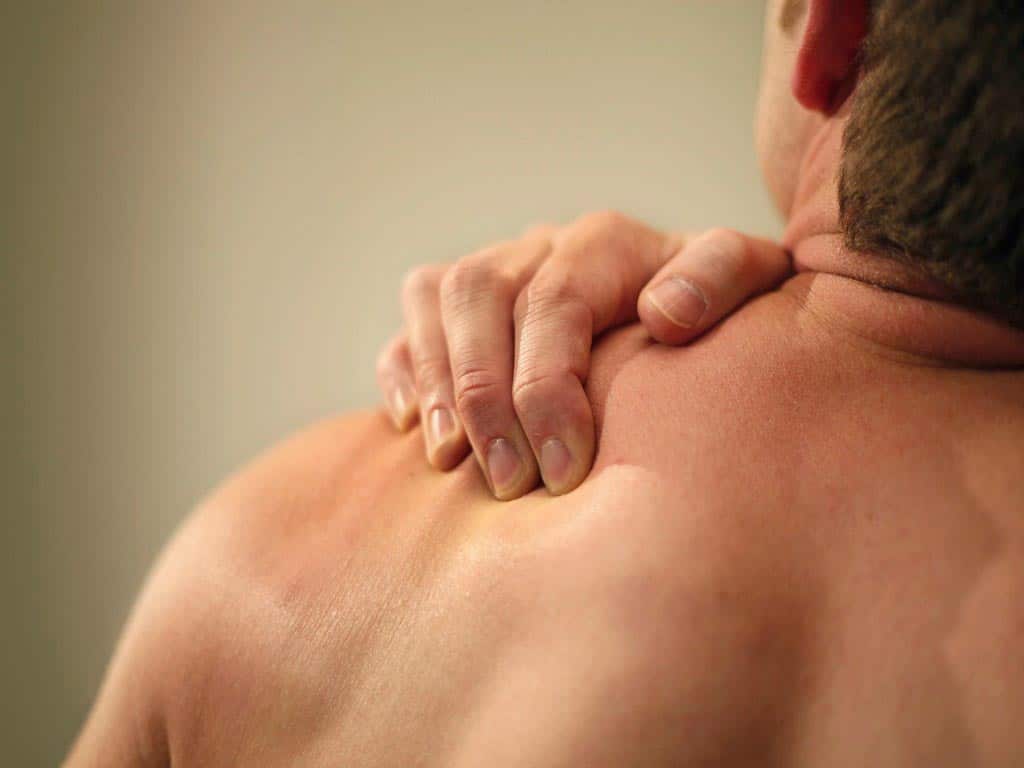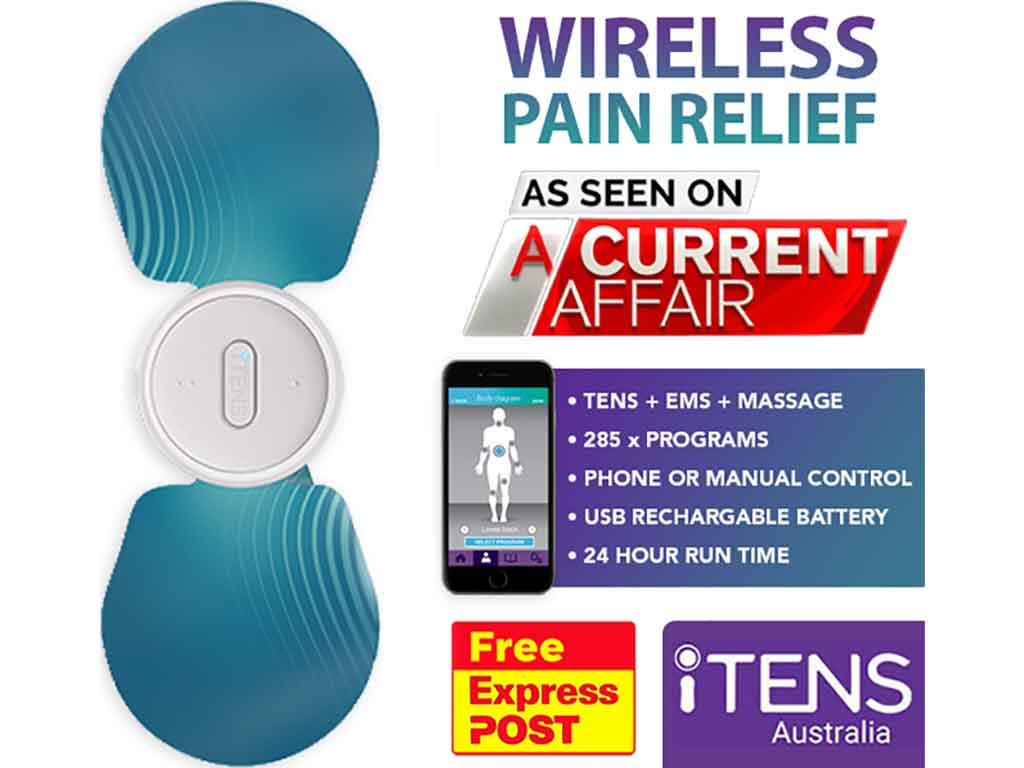
A Transcutaneous Electrical Nerve Stimulation or TENS unit for muscle knots offers a range of benefits for individuals seeking relief from pain. As a drug-free and non-invasive treatment option, it provides an adjunctive approach to pain management. The unit is also portable, enabling users to conveniently use it wherever they need. Moreover, it is safe for many people to use. Its working mechanism involves blocking pain signals, triggering the release of endorphins, and boosting blood circulation.
Muscle knots or stiffness can cause discomfort and limit mobility. The limited range of motion can persist for days or weeks. Fortunately, there are various techniques to relieve the symptoms. Some individuals who prefer not to take medications might choose to try natural remedies such as TENS therapy. This article will present the TENS device for muscle knots, including its benefits, mechanism of action, and proper usage.
Benefits of TENS Unit for Muscle Knots
Muscle knots are small, hard areas within a muscle that feel like a knot or bump. Tightness or spasms in the muscle lead to the formation of these knots, resulting in pain, stiffness, and decreased range of motion. Various factors, including poor posture, muscle overuse, stress, and injury, contribute to the development of this condition.
Moreover, people can use TENS in conjunction with other treatment methods. These methods include cold therapy, massage, and physical therapy, aiming to enhance the overall effectiveness of the treatment plan. Furthermore, TENS is portable and easy to use, allowing individuals to use it at home or on the go. Overall, TENS units offer a convenient and effective way to address muscle knots and their associated symptoms.
Potential Side Effects
- TENS may cause redness or skin irritation at the electrode sites.
- Some users experience muscle spasms during TENS therapy.
- TENS may cause discomfort or a tingling sensation during use.
- Rarely, individuals may experience an allergic reaction to the electrode pads or gel.
- Incorrect or prolonged use of TENS can lead to burns on the skin.
- TENS may interfere with the function of pacemakers or other implanted devices.
- Overuse of TENS may lead to muscle soreness or fatigue.
- Prolonged use at high intensity and frequency electrical stimulation may result in temporary numbness in the treated area.

How Does a TENS Unit for Muscle Knots Work?
A TENS unit for muscle knots is a form of neuromodulation. It works by blocking pain signals from reaching the brain. This occurs when people use high-frequency current stimulation. This can cause immediate relief, making it suitable for acute pain conditions. It also has an analgesic effect on activity-induced musculoskeletal pain and fatigue and increases mobility.
In addition, TENS units can trigger the release of endorphins, which are the natural painkillers of the body. These endorphins help to further reduce the perception of pain and provide a sense of well-being and relaxation. Low-frequency stimulation triggers this mechanism, which is suitable for chronic pain conditions.
Furthermore, the use of a TENS machine has a positive impact on the circulatory system. The electrical pulses or mild vibrations boost blood circulation in the affected area. This helps to reduce inflammation, relax the muscles, and promote faster recovery of damaged tissues and nerve regeneration. Overall, these mechanisms make TENS machines a valuable tool in pain management.
Frequencies and Intensities
Frequency refers to the number of pulses or cycles of electrical current per second. The typical frequencies in TENS therapy range from 1 to 150 Hz. Lower frequencies, at around 1-5 Hz, are suitable for chronic pain relief. Meanwhile, higher frequencies, such as 80-150 Hz, are for acute pain.
Intensity is the strength or power of the electrical currents, measured in milliamps (mA). It influences how deeply the electrical signals penetrate the body. Generally, TENS therapy starts with a low intensity and gradually increases to a comfortable level. Finding the right intensity is essential for an effective treatment program.

How to Use a TENS Unit for Muscle Knots
Begin using a TENS unit for muscle knots by preparing the skin. Clean the area where the electrode patches will be placed with soap and water, then dry thoroughly. This will ensure good electrode contact and minimise potential skin irritation or discomfort during use.
Next, place the electrode pads on the skin over the tense muscles. Follow the specific instructions provided with the electrical device for proper pad placement. It is necessary to spread the electrodes across the affected area to cover a wide range of muscles. Once the electrodes are in place, adjust the unit settings to deliver a minimal current to the muscles.
Lastly, the duration of a TENS therapy session can vary, but a typical session may last between 20-30 minutes. The electrical nerve stimulator will send electrical impulses to the muscles, causing them to contract and relax. This can lead to a reduction in pain and help to relieve muscle knots. After the session, remove the patches and turn off the electrical device.
Safety Precautions
TENS therapy is generally safe for many people to use. Nevertheless, it is ideal to take precautions. Ideally, the user should seek medical advice from a pain management professional. The professional may assess if they have conditions with contraindications to electric stimulation. This includes heart disease, epilepsy, seizures, and cancer.
In addition, users should check the TENS unit and its accessories before using it. This will allow them to prevent accidents that may harm the user. Moreover, the user must stay alert and awake during the therapy session. They should avoid sleeping and safety-sensitive activities that require concentration.
Conclusion
In summary, TENS units effectively treat muscle knots by blocking pain signals and releasing natural painkillers. They promote relaxation, reduce inflammation, and enhance blood flow for quicker healing. With their non-invasive nature, they offer a simple solution for relieving pain and improving mobility. Users can conveniently incorporate a TENS unit for muscle knots into their daily routines, whether at home or on the go. This makes TENS units a valuable tool in managing muscle knot discomfort.
It is crucial to prioritise safety when using TENS therapy. Proper skin preparation and electrode placement are essential for optimal results and to minimise discomfort. Users should adhere to recommended session durations and settings. Seeking medical advice, especially for those with certain health conditions, is advisable. Regularly inspecting the device and staying alert during therapy sessions are additional precautions to prevent accidents. With careful attention to safety measures, individuals can harness the benefits of TENS therapy with confidence.




















